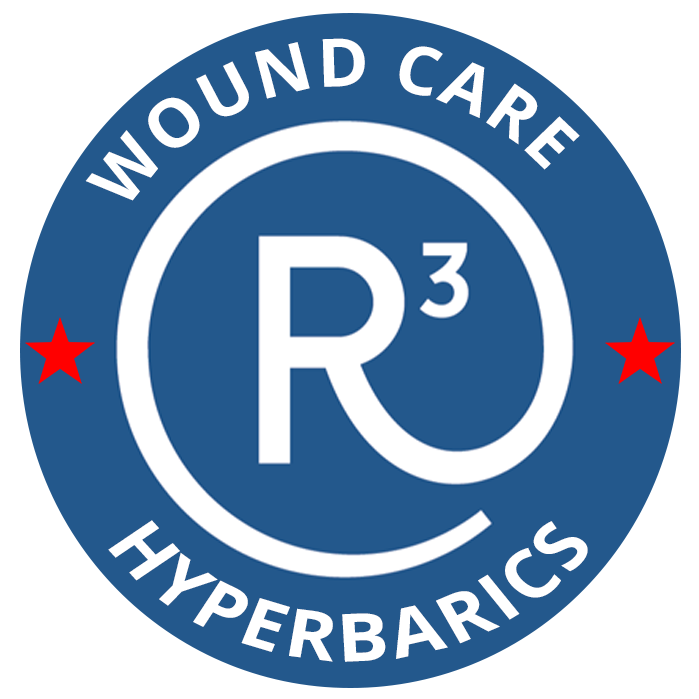What causes chronic foot wounds, and how dangerous are they? There are many different causes of chronic foot wounds. But by far, the most prominent cause is diabetes. Limb preservation is of utmost importance in the treatment of these wounds.
Approximately 200,000 non-traumatic amputations occur in the United States each year. Typically more than 130,000 of those are related to diabetes.
Diabetes is often described as an epidemic by public health officials in the U.S. The ripple effects of diabetes cause even more devastation in the form of related diseases, like chronic foot ulcers. And non-healing foot ulcers can lead to amputation of lower limbs.
The National Institutes of Health, NCBI division described the problem recently in an article discussing the pathophysiology and progression of diabetic foot ulcers.
Diabetic foot ulcers are among the most common complications of patients who have diabetes mellitus which is not well controlled. It is usually the result of poor glycemic control, underlying neuropathy, peripheral vascular disease, or poor foot care. It is also one of the common cause for osteomyelitis of the foot and amputation of lower extremities.
But there is also good news on the horizon, as there are effective treatments for patients suffering from diabetic foot wounds. Hyperbaric oxygen therapy is one of those treatments.
At R3 Wound Care and Hyperbarics, we offer safe, non-invasive, Medicare-approved treatments for patients with chronic wounds, including foot ulcers. Hyperbaric oxygen therapy (HBOT) can be a critical component of a comprehensive limb preservation plan.
The goal is to keep amputation completely off the table with early diagnosis and treatment. In the words of the National Institute of Diabetes and Digestive and Kidney Diseases:
These (lower extremity) wounds may be treated with an amputation-first strategy. When offered before amputation, HBOT may unblock blood vessels, restore blood flow, and save a limb.
What’s the bottom line? HBOT can be an essential component in a treatment plan to reduce, or even reverse, the devastating effects of non-healing, diabetic foot ulcers. Early diagnosis and treatment of chronic lower extremity wounds are the keys to improving your quality of life. And that starts with a limb-preservation treatment plan.
For more information on life-changing wound care treatments for you, including limb preservation, contact R3 Wound Care and Hyperbarics. We have locations in the Dallas-Fort Worth, San Antonio and Houston areas of Texas.
